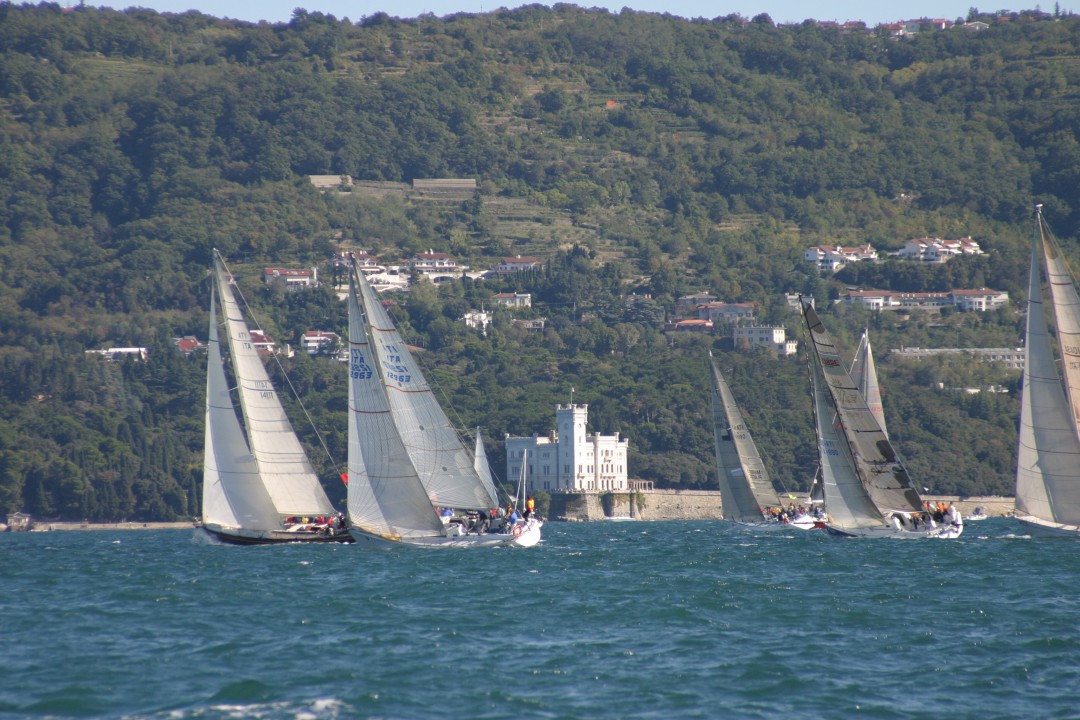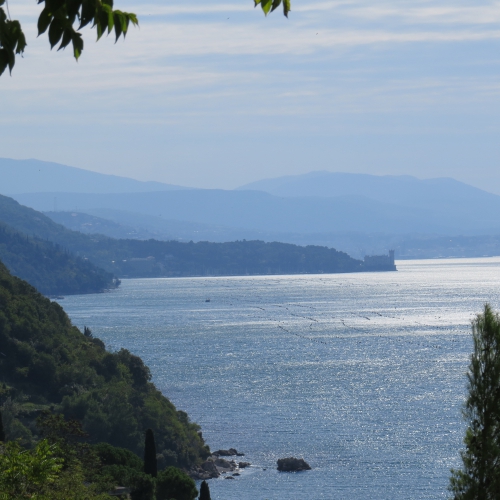
Description
Work on the layout of the park of Miramare, planned to adorn the residence for Archduke Maximilian of Habsburg, began in 1856. Large quantities of earth were brought from Styria and Carinthia to enable the growth of plants in the park and transform a karst area that had previously been bare and rocky, with just a few vines and some oaks. The park extends over an area of 22 hectares and was the result of the work and design of the court gardener, Anton Jelinek, who followed the indications sent him by Maximilian from his voyages, where he saw new plants that he wanted to grow in his garden. Undertaking an operation that would today be dubbed architecture of the landscape, a large number of extra-European conifers were imported, together with other plants, some of which adapted to the new habitat, such as the sequoias, and others that did not. Today, many are sick or gone, and the park is now undergoing an almost terminated restoration, both of the garden itself and of the architecture. In particular, many trees have fallen or been cut for safety reasons given the considerable height they have reached without a counter-balancing root system, which is instead surface-based, and their inability to withstand the onslaughts of the Bora. It appears that while Archduke Maximilian was a resident in Trieste as commander of the Austrian Navy, he took shelter in the little bay of Grignano during a squall, and there fell in love with the beauty of the site, deciding to build a castle there. Work began in 1856 and the following year Maximilian married Charlotte of Belgium (Carlotta), with whom he moved to the Castelletto (Gartenhaus) and its two floors while awaiting the main building to be finished. Both structures were designed by Carl Junker and are close in style (an English castellated neo-Gothic). The castle has all the features of a Romantic residence; it was built of white Istrian stone, the same as used to build Venice, in order to offer a contrast – as can still be admired today – with the blue of the sea and green of the park. Maximilian and Carlotta lived here for only a short period, for in April 1864 they left for Mexico, where Maximilian was killed in 1867. Since 1955, the park and castle are a state museum, which can be visited and is today run by the Polo Museale Regionale of the MIBACT (Ministero per i Beni ed Attività Culturali e per il Turismo).

